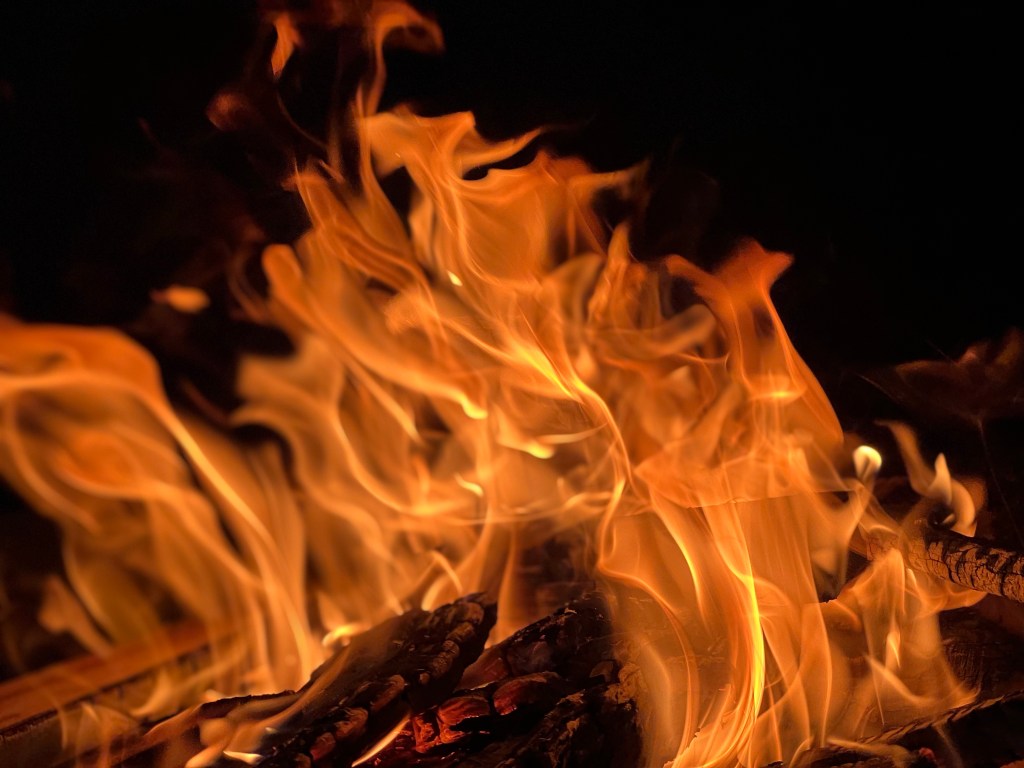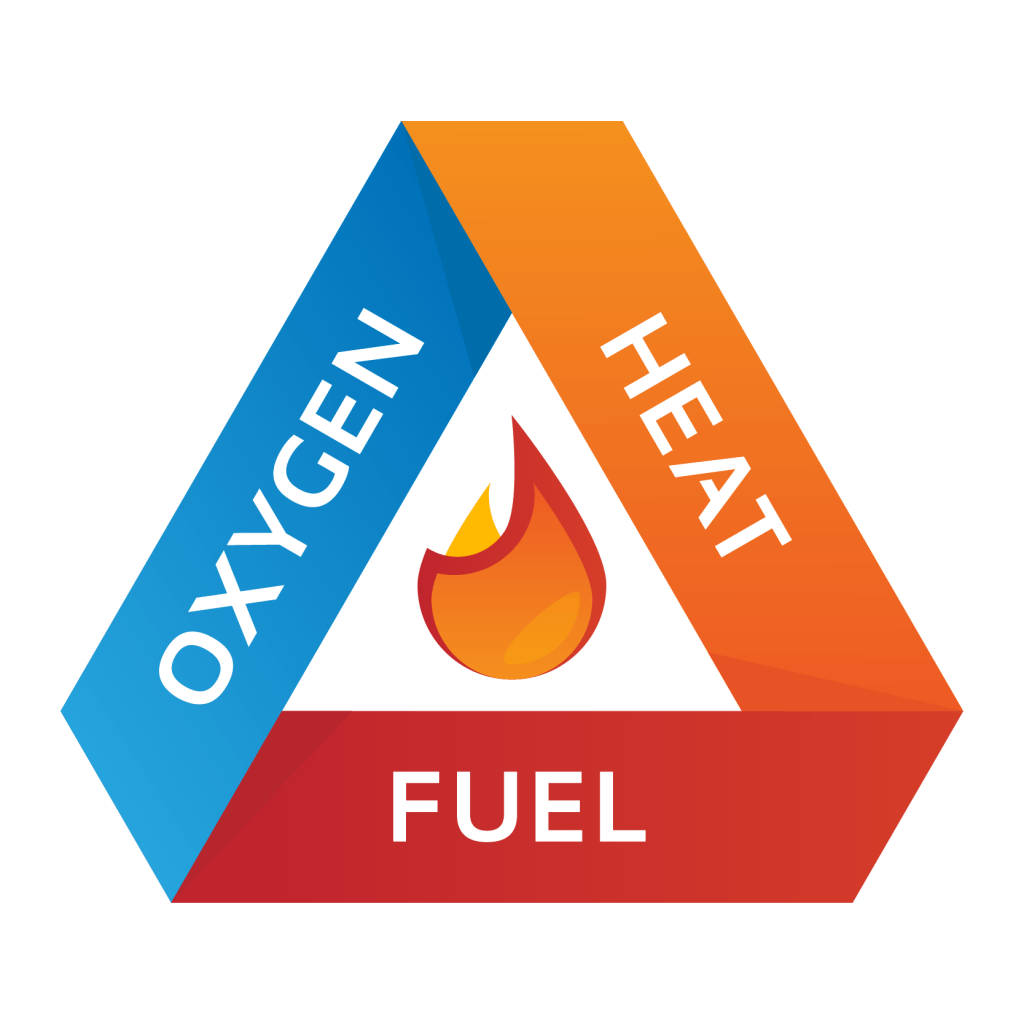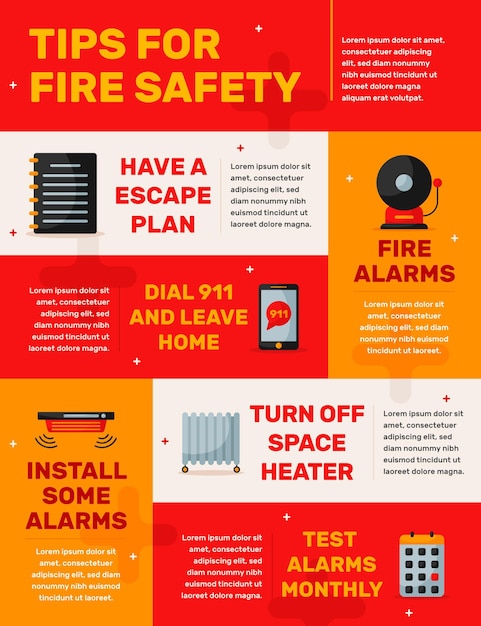
Safety News 2024

Accidental fires are an unusual occurrence in most workplaces. So it is easy to take for granted some of the everyday hazards that, if overlooked, can contribute to the occurrence of these fires. So here are some general tips to help prevent accidental fires at work, as well as at your home:
- Dispense flammable liquids only in areas free from sparks, flames, and other sources of ignition
- Keep all containers of flammable liquids closed or covered when they are not in use. And return them to their designated storage area when you are done using them
- When dispensing flammable liquid from one container into another, bond the two containers together and ground one. This helps prevent the build-up of static electricity, which can create a spark and ignite the vapors
- Discard all rags and waste materials that are impregnated with flammable or combustible liquids, oil, or grease in covered, self-closing metal containers, and empty these containers into designated receptacles at the end of your shift
- Keep all wastepaper, cardboard, and similar combustible materials cleaned up and placed in designated waste receptacles. Letting these items accumulate on the floor or other work areas creates an unnecessary fire hazard
- Only use flame or spark-producing equipment, such as welders, torches, and grinders, in designated areas. Special approval of management must be obtained to use this type of equipment in areas where it is not normally used
- Smoking is allowed only in designated areas. Always dispose of butts in designated receptacles
- Make certain to avoid stacking materials too close to fire sprinkler heads, as doing so can affect their ability to disperse water adequately when activated; usually we must maintain a minimum of 18 inches of clearance below the level of the sprinkler heads
- Make sure portable fire extinguishers remain fully charged and accessible at all times. Does anybody have a question or comment about these tips for the prevention of fires at work or home? Please be sure to sign your name to the training certification form so you get credit for attending this training session.

Fire
Fire normally generates three different types of hazards: heat, oxygen depletion and smoke.
Heat
The most obvious hazard is heat. Although the majority of fire deaths are caused by smoke, many deaths and severe injuries are caused by burns. When the temperature of skin reaches 45℃, it’s associated with pain.
A room fire can range from 100℃ at floor level to 1200℃ at the ceiling.
As temperatures rise above 160℃, skin will burn with permanent injuries, and if extremely hot air is inhaled it can scorch internal organs.
Oxygen Depletion
A decrease in the partial pressure of oxygen (PO2) can cause serious harm to the brain. As fire roars and grows, it consumes enormous amounts of Oxygen. Fire in a normal house will normally consume all the oxygen inside it in under 30 seconds.
The brain needs a constant supply of oxygen. If the oxygen intake is interrupted for more than 3 minutes the brain can suffer irreversible damage.
Smoke
Smoke is all the airborne products of the pyrolysis and combustion of materials, and it can be very toxic. It’s particles, gases such as carbon monoxide, volatilized organic molecules, aerosols and free radicals.
A fire often gives off a dark, thick smoke. In a serious fire, it can be hard to see what’s ahead and where you’re going. Breathing in even the smallest amount of the toxic smoke can disorient a person quickly, causing them to pass out.
The Fire Triangle

The fire triangle is a simple model for understanding the dynamics of fire. In order for a fire to ignite, there must be fuel, heat and oxygen. Fuel isn’t just referring to the likes of petroleum, oil, etc. Fuel in this case, refers to all materials that are combustible. This includes paper, oils, wood, fabrics, rubber etc. Heat must be present for the ignition to take place. Flammable materials will give off flammable vapors when heat is present, and this will in turn combust. Oxygen is the lifeline of fire. A healthy environment will have around 21% of oxygen and a fire only needs 16% to burn.
To stop a fire, one of the three elements must be removed. (i.e. if you take away the oxygen, the fire will suffocate. If you cool the fire down, it will lose heat and eventually go out. If you remove the fuel, it will smolder out.
What Fire Extinguisher to Use?
Choosing a fire extinguisher is often easier said than done, especially if you’re working in an environment where the source of the fire could be a range of different things. Nonetheless, it is extremely important to be able to choose the right fire extinguisher, or you can end up getting seriously hurt.

Emergency Exits & Your Evacuation Plan
It’s of the utmost importance that you have clear emergency exits, and a fire safety evacuation plan laid out.

Your plan must have:
- a clear passageway to all escape routes
- clearly marked escape routes that are as short and direct as possible
- enough exits and routes for all people to escape
- emergency doors that open easily
- emergency lighting where needed
- training for all employees to know and use the escape routes
- a safe meeting point for staff

